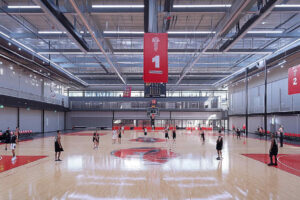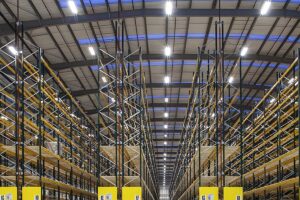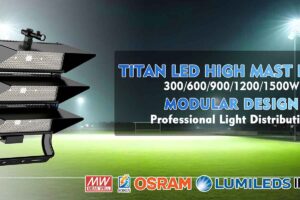Poor office lighting is a productivity killer. I’ve seen it firsthand—too dim and people squint at their screens all day, drained by 2 p.m. Too bright? You get glare, headaches, and zero focus. If you want your team alert, comfortable, and working at full capacity, you’ve gotta get your lighting—and more specifically, your lumens—right.
Office lighting isn’t just about throwing in a few fixtures and calling it a day. You need the right amount of lumens to actually make the space work. For general office areas, I aim for around 300–500 lumens per square meter (that’s about 30–50 lumens per square foot). If it’s a task-heavy zone like a drafting table or reading corner, I bump that up to 500–1000 lumens per square meter. Trust me, it makes all the difference—better lighting leads to sharper focus, less fatigue, and way better workdays. Let me show you how to figure out what you need.
Table of Contents
Why Office Lighting Luminance Actually Matters
Getting luminance right in an office is a game-changer. It’s not just about visibility—it’s about comfort, focus, and avoiding the kind of eye strain that makes people dread the end of the day. When the lighting’s too dim, your eyes work overtime. Too harsh, and you’re left with glare and a migraine.
I’ve learned the sweet spot is somewhere between 300 and 500 lux for your average work zone. For areas where folks are doing more detail-oriented stuff—like sketching, reading fine print, or working in labs—you’ll want closer to 500–750 lux. That kind of lighting keeps people focused and minimizes the stress on their eyes.
Here’s where LEDs come in handy. LED panel lights and adjustable desk lamps let you dial things in exactly where you need them. And if you’re using smart lighting with dimming or daylight sensors? Even better. You’ll save on energy while keeping everyone comfortable and sharp. Bottom line: good lighting makes for healthier, happier, and more productive workdays.
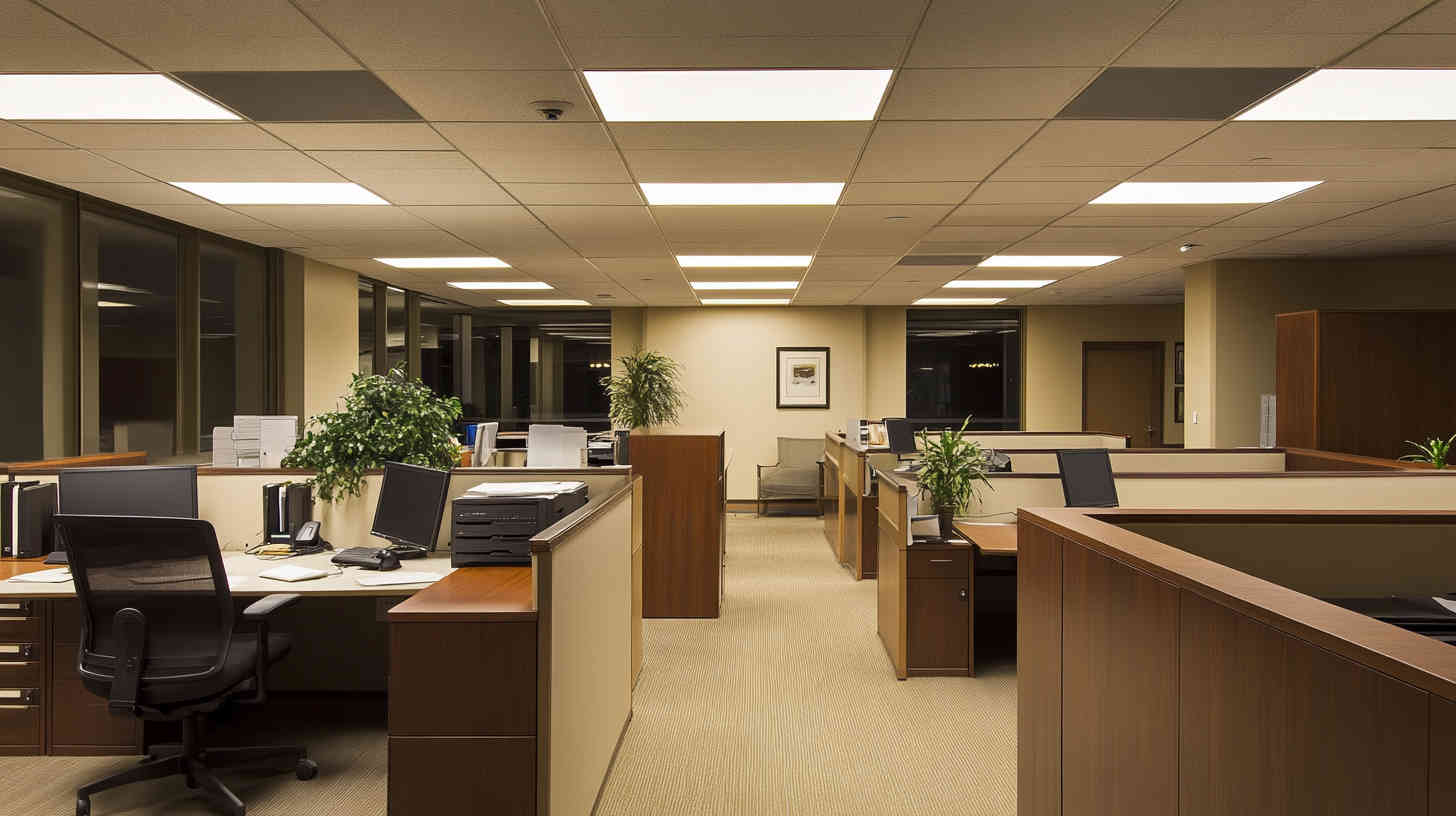
How I Calculate the Lumens for Any Office Space
This part’s simple math, but it’s powerful once you start applying it. All you need is the size of the space and the type of work being done there. Here’s my go-to formula:
Total Lumens = Lumens per square foot × Office Area (sq. ft.)
Here’s a cheat sheet I use all the time:
- General office: 30–50 lumens per square foot
- Task-heavy desks or work zones: 50–100 lumens per square foot
- Conference rooms: 30–50 lumens per square foot
- Hallways or reception: 20–30 lumens per square foot
Let’s say your office is 100 square feet and you want a comfortable brightness for standard work. Go with 40 lumens per square foot:
100 × 40 = 4,000 lumens
That’s your target. From there, you can decide how many fixtures you need and what type of lights will get you there efficiently. It’s all about dialing in that balance between performance and comfort—when you do, it shows in the quality of work people deliver.
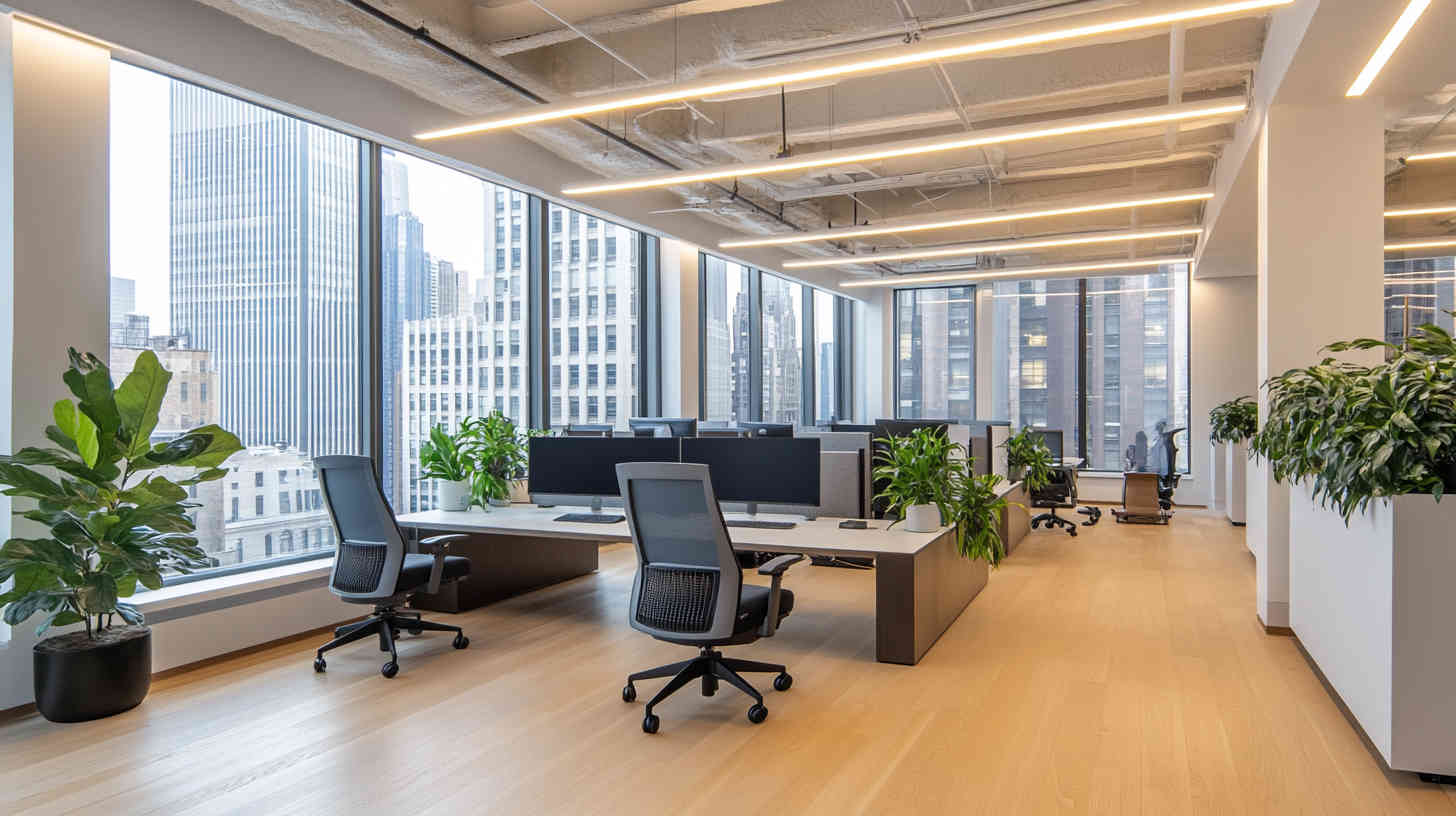
Things to Consider When Choosing Your Office Lighting
Getting your office lighting right isn’t just about flipping a switch and hoping for the best. I’ve learned the hard way that bad lighting leads to tired eyes, cranky employees, and sluggish productivity. If you want your workspace to actually work, here’s what you’ve got to keep in mind.
Light Intensity
First things first—how bright does it need to be? That depends on what people are doing. For regular office tasks, I shoot for 300 to 500 lux. But if it’s a design studio, a meeting room, or anywhere folks are diving into detail-heavy work, 500 to 750 lux is the sweet spot. Go too dim, and people strain their eyes. Go too bright, and you get glare, headaches, and complaints.
Energy Efficiency
Lighting eats up a lot of energy if you’re not careful. That’s why I always go with LEDs. They last longer, burn less power, and cost less in the long run. Throw in some smart lighting with occupancy sensors or daylight harvesting, and now you’re really cooking—saving money without lifting a finger.
Lighting Fixture Type
Now let’s talk style and function. The fixtures you choose can totally change the vibe of a room. LED panels for even light across open spaces, recessed lights for a clean look, pendant lights to add flair, and task lights where people need focus. When you layer ambient, task, and accent lighting? That’s when the magic happens.
Glare Control
Nothing kills focus like screen glare or blinding reflections. I’ve found that using diffusers, anti-glare fixtures, and bouncing light off surfaces (instead of direct beams) makes a huge difference. Also, the right angle and placement go a long way to keeping the glare monster away.
Color Temperature
The color of your light sets the tone for the entire office. I like neutral white (4000K–5000K) for most of the space—it keeps the team energized and alert. But when it’s time to chill, like in breakrooms or lounge areas, I switch to a warmer 2700K–3500K to help everyone unwind.
Fixture Positioning
Where you put your lights matters just as much as what kind you use. Evenly spaced ceiling lights prevent gloomy corners. Task lights should hit from the side to avoid eye strain. And don’t forget natural light—if you’ve got windows, use them. It makes the whole place feel more alive.
Dimming Control
Dimmable lights are a game-changer. I’ve installed them in every office I’ve built out. They let employees fine-tune their workspace and help you save power during daylight hours. Bonus points if you’ve got automated lighting that adjusts throughout the day—less hassle, more comfort.
When you factor all this in—brightness, efficiency, placement, and style—you end up with a space people want to work in. Good lighting isn’t a luxury. It’s a necessity. And believe me, once you get it right, your team will feel it too.
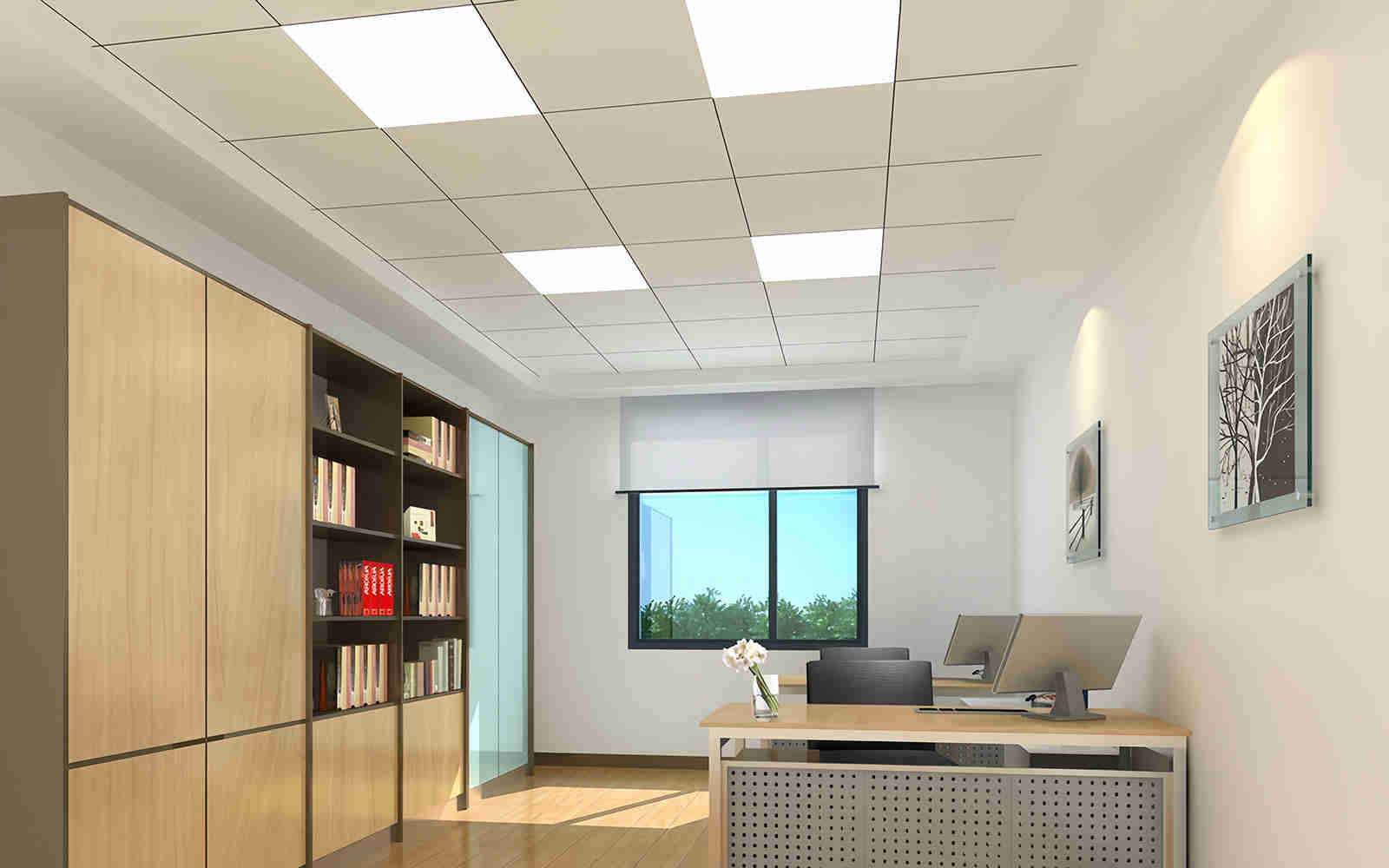
How Bright Should Office Lights Be?
Brightness isn’t one-size-fits-all. Here’s how I break it down:
- Regular workstations: 300–500 lumens per square meter
- Design or drafting tables: 500–1000 lumens per square meter
- Breakrooms and lounges: 200–300 lumens per square meter
- Conference rooms: 300–500 lumens per square meter
Pro tip: Use a lumens calculator to make sure you’re not just guessing.
How Many Lumens for a Good Work Light?
If you’re setting up a focused work light for reading, crafting, or detail work, here’s the bare minimum I’d go with:
- 500–1000 lumens per square meter
- Must be dimmable so you can dial in the brightness
- And always, always glare-free. A soft diffuser is your best friend here.
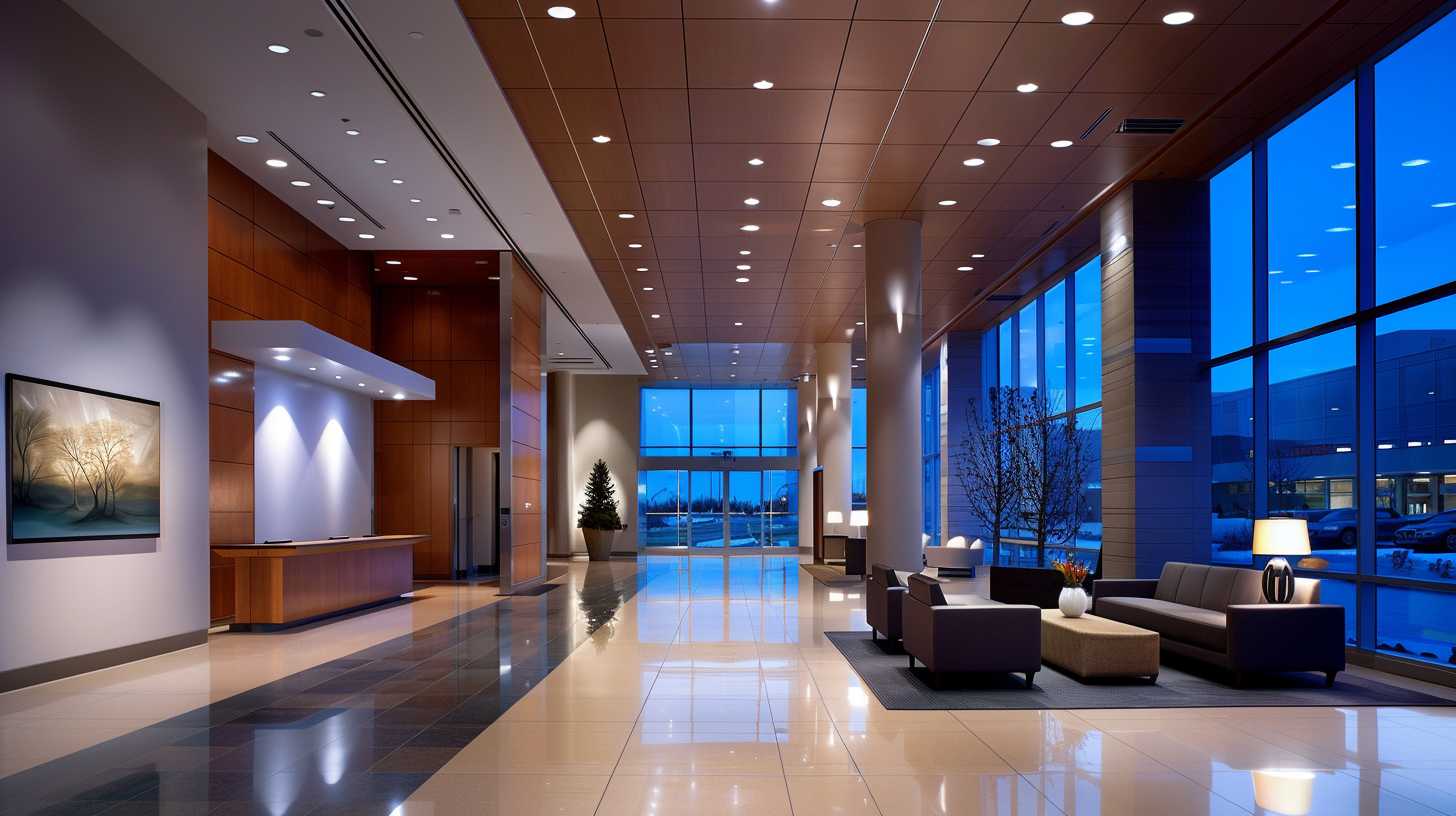
Conclusion
Office lighting isn’t just about visibility—it’s about creating an environment where people can think clearly, stay focused, and feel good. When you plan your lighting based on brightness, energy use, and the kind of work being done, you end up with a smarter, more productive space.
Go with LED and you’ll get long life, lower bills, and better performance. And if you’re still not sure what you need, I’ve got you covered—reach out and I’ll help you find the perfect lighting solution for your office.


